Vietnamese shrimp holds the 3rd position in the EU – strongly competing with Ecuador and India
Regarding the structure of Vietnam’s shrimp exports to the EU, whiteleg shrimp accounts for up to 80% of export value. Value-added shrimp products make up more than 50% of total shrimp export turnover to this market.
EU shrimp imports recover strongly but show signs of slowing down
According to EU shrimp import data, the EU remains one of the world’s largest shrimp import markets, with total imports in the first eight months of 2025 reaching 289,142 tons, worth 1.8 billion EUR—up 19% and 24% respectively compared to the same period in 2024. However, in August, growth began to slow: import volume increased by only 6%, while value rose by 8%. This indicates a trend toward price stabilization and more cautious purchasing behavior among EU importers after a period of strong buying in the first half of the year.
In the EU’s shrimp import structure during the first eight months, raw frozen shrimp continued to dominate with 252,789 tons, while value-added (processed) shrimp reached 36,353 tons. Both product groups posted 19% growth year-on-year. Although its share remains small, the value-added shrimp segment is increasingly prioritized in the EU, creating opportunities for exporters with deep-processing capabilities—of which Vietnam is one of the few Asian suppliers with a clear competitive advantage.
Vietnm ranks 3rd in the EU – competing with two shrimp powerhouses
EU mport data shows that in the first eight months of 2025, Vietnam exported 35,004 tons of shrimp to the EU, up 14% year-on-year, securing the 3rd position among major suppliers. The top two were Ecuador (160,139 tons) and India (36,880 tons).
Ecuador maintained its leading position with a 36% increase thanks to large-scale farming, low production costs, and an aggressive push into processed products. India grew 27%, expanding in both raw and basic processed shrimp. Vietnam, meanwhile, recorded stable yet slower growth, focusing largely on the value-added segment—which accounts for more than 50% of Vietnam’s shrimp export value to the EU, a major advantage over its two competitors.
However, the rapid rise of Ecuador and India has caused average import prices in the EU to fall in certain months, putting pressure on the profit margins of Vietnamese exporters. If this trend persists, Vietnam will need to strengthen its position in high-value segments rather than compete purely on price.

Advantages from EVFTA and processing capacity
Vietnam is one of the few Asian countries with a free trade agreement (EVFTA) with the EU, enabling many shrimp products to enjoy a 0% tariff. At the same time, Vietnam has an extensive system of EU-standard processing factories, with many facilities authorized to export to the EU. These factors allow Vietnamese shrimp to penetrate deeper into European supermarket chains and distribution channels.
As EU consumers increasingly prioritize sustainability, traceability, and low-carbon production, Vietnam’s transition toward high-tech farming and certifications such as ASC, BAP, or GlobalGAP serves as a major advantage in maintaining market share and reinforcing its image as a responsible supplier.
Emerging barriers
However, the EU market also presents growing challenges. New regulations require Vietnamese exporters to proactively adapt.
For example, EU policies like the CSDDD or Germany’s Supply Chain Due Diligence Act (SCDDA) require importers to ensure that their products are free from environmental harm, labor violations, or unclear sourcing. This could impact the Vietnamese seafood sector.
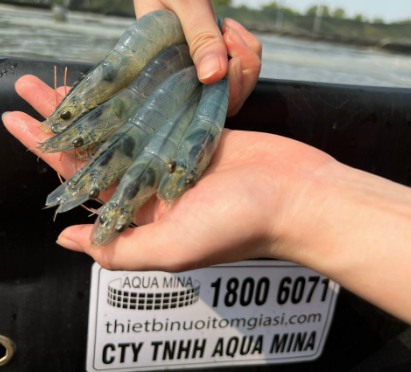
The EU’s “yellow card” warning on Vietnam’s wild-caught seafood—although not directly related to farmed shrimp—still affects importer sentiment, requiring greater transparency across the entire seafood supply chain.
Additionally, if the EU signs new FTAs with competitors such as Indonesia, Malaysia, or Thailand, the tariff advantage Vietnam enjoys under EVFTA may shrink significantly.
Strategic directions for Vietnamese enterprises
The increasingly competitive landscape also presents new opportunities for Vietnamese businesses.
First, the high-end processed shrimp segment still has significant potential, especially convenient products (ready-to-cook, ready-to-eat) for European retail and foodservice channels. These products have better margins and are less affected by fluctuations in raw shrimp prices.
Second, companies should invest in electronic traceability systems and collaborate closely with EU buyers to meet environmental and social standards from the farming stage. Early adopters will earn the trust of major retail chains and gain access to long-term contracts.
In addition, Vietnamese exporters should strengthen direct connections with distributors and retailers instead of relying heavily on intermediaries. The “Private Label” model—producing products under supermarket brands—is a promising path for many Vietnamese shrimp exporters.
Looking ahead to Q4/2025 and 2026, Vietnam’s shrimp exports to the EU are expected to remain positive, especially as year-end holiday demand rebounds. However, growth may be slower due to abundant global supply and cooling export prices.
With strong processing capacity, extensive export experience, and tariff advantages under EVFTA, Vietnam can continue to capture opportunities in the EU market—provided businesses adapt quickly to new standards and strengthen their national brand reputation.
AQUA MINA CO., LTD
– Address: 685 Le Duc Anh Street, Quarter 39, Binh Hung Hoa Ward, Ho Chi Minh City
– Phone: 1800 6071 (Toll-free hotline)
– Email: sales@aquamina.com.vn or oversea@aquamina.com.vn
– Aqua Mina’s Official Distributor in Japan: REX INDUSTRIES CO., LTD
– Address: 1-9-3 Hishiya-Higashi, Higashi-Osaka 578-0948, JAPAN
– Email: kimakubo@rexind.co.jp
– Phone: +81-(0)72-961-9893
– Website: www.rexind.co.jp/e/

WE WORK FOR THE SUCCESS
Ngày đăng : 22/11/2025
1271 View
Other Articles
Global Shrimp Forum: Global shrimp trade is reshaping
China’s Import Value Up 10%, Vietnamese Shrimp Remains Among Leading Suppliers
After the 7.5-magnitude offshore earthquake in Aomori that injured 34 people, Japan has issued a warning about a potential mega-earthquake
India’s shrimp exports accelerate despite the trade war with the United States
Portuguese food group acquires 18% stake in cod farming company Norcod
Indonesia implements radioactive-free shrimp certification for exports to the United States
India is world’s second-largest shrimp producer. That is now under threat
Ca Mau’s shrimp industry moves towards “green” growth
Floods devastate aquaculture, processing operations in Vietnam
Ecuador Leads Global Shrimp Exports, Surpassing USD 7 Billion in 2025
India's marine product exports rise 16% as new markets offset US dip
Skretting presents the first shrimp feed with insect meal in Vietnam








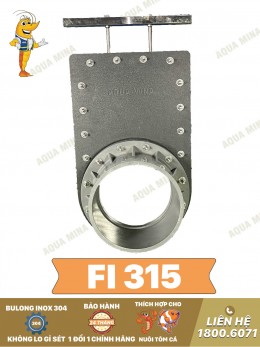
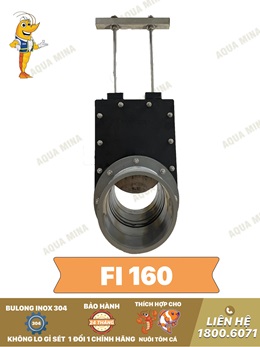


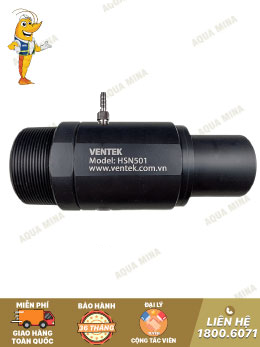
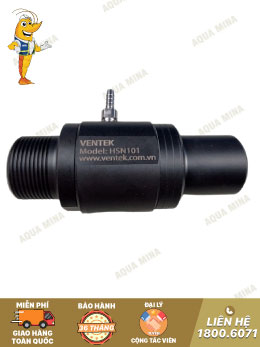

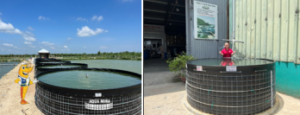
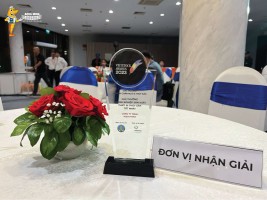


.jpg)